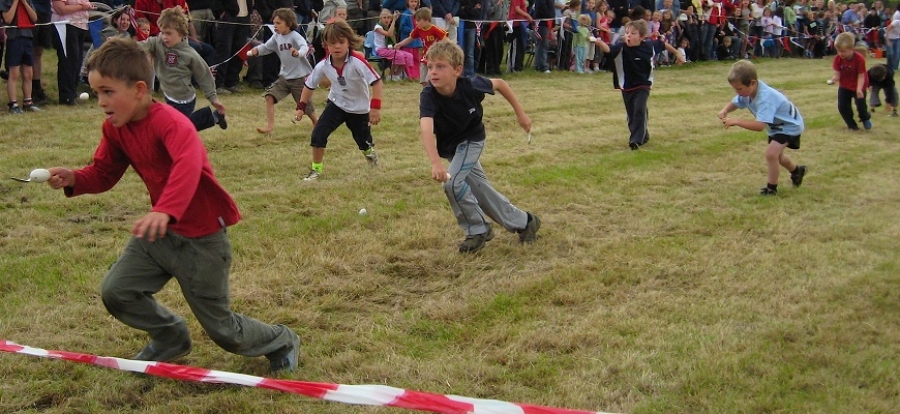Fear, worry and stress. These are all normal processes we must work through at certain times and events in our lives, and we need to learn how to manage these. “Children should experience a healthy amount of stress.”So how do we learn? By watching role models, parents, teachers, other family members. Will children ever learn how to manage if we wrap them up and protect them, then expect them to be able to cope when they are older? We wouldn’t give a child a book and expect them to read it without teaching them the skills first.
We often hear the phrases “celebrating diversity” and “creating a diverse workforce”, and we need to adopt this strategy when it comes to children. It could be suggested that adults contribute to children’s worries and anxieties, so what can we do to change this, and who needs to take responsibility?
Schools and their communities should:
1. Remove rigid zero tolerance policies that don’t accommodate the individual needs each child.
2. Stop comparing children, especially in terms of their emotional development, behaviour and emotional wellbeing.
3. Celebrate children’s differences.
4. Treat each child for the individual that they are. Reduce the pressure to conform to a set behaviour and mindset that merely suits teachers.
5. Teach children that failure is a process that needs to be worked through in order to grow.
6. Allow children to have an ‘off’ day. I’m sure you’ve woken up occasionally and not been your ‘normal’ self!
7. Let children know it’s okay to be upset, cry, be angry or sad. Encourage them to manage it with lifelong coping mechanisms, rather than suppress it.
8. Stop allowing children, when they do fail, to blame-shift and move on with a feeling of having succeeded.
9. Introduce a 21st century, digital approach to helping children manage their own worries, fears and anxieties. This could be through mobile device apps.
10. Allow children access to these devices, on their terms, without locking them away. Feeling worried or sad does not happen at a prescribed time.
11. Develop a PSHE curriculum that encourages children to learn the language of feelings and emotions as a whole schools approach.
12. Stop telling boys ‘only girls cry’.
13. Adults need to think about the conversations they have in front of children. Children are more perceptive than adults give them credit for, and they worry about things they hear more than we think they do.
14. Maybe it’s time a set of standards was introduced to schools for wellbeing education. It’s time to normalise the language around anxiety and feelings.
There is always resistance to change, but no matter how much we try to resist, the change still happens. We need to allow children to be different, and they need to learn that difference is okay. The anxiety comes when the pressure to conform to applied. What would have become of Stephen Hawking, for example, if he’d had his creative flare for science suppressed?
Education and exposure to the language around emotions and feelings needs to start early, and we also need to develop a healthy relationship with feelings and emotions. There will always be that child who slips under the radar; there will always be that child who displays worrying behaviour. These are the children with a real need for specialist help. With early education around these areas, we can prevent children growing into young adults who reach crisis point through lack of understanding and coping methods. It’s devastating listening to the heartache in a parent’s voice when they tell you their child has taken an overdose. There is no greater time to make the change for children in terms of education than now.
Want to receive cutting-edge insights from leading educators each week? Sign up to our Community Update and be part of the action!


















